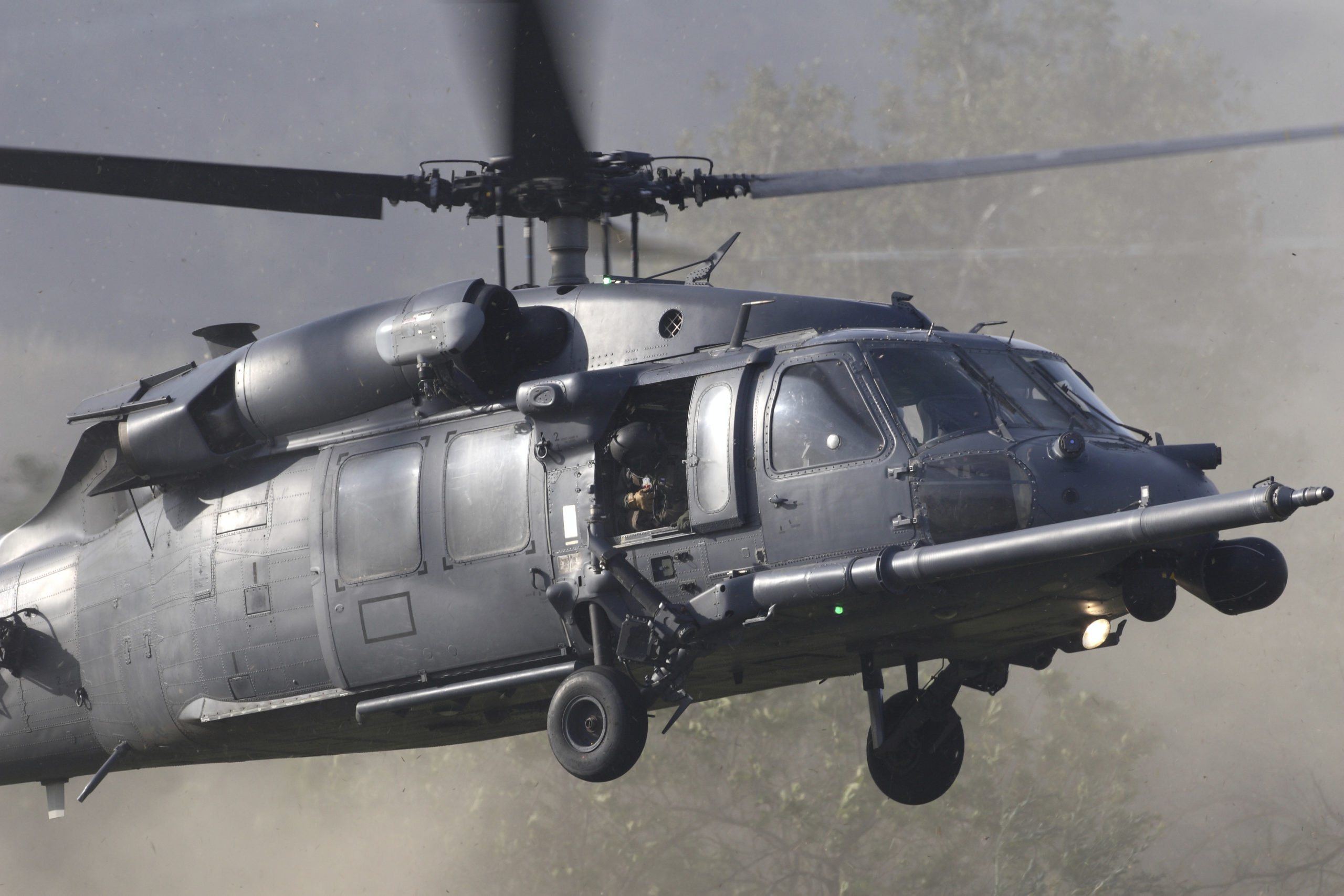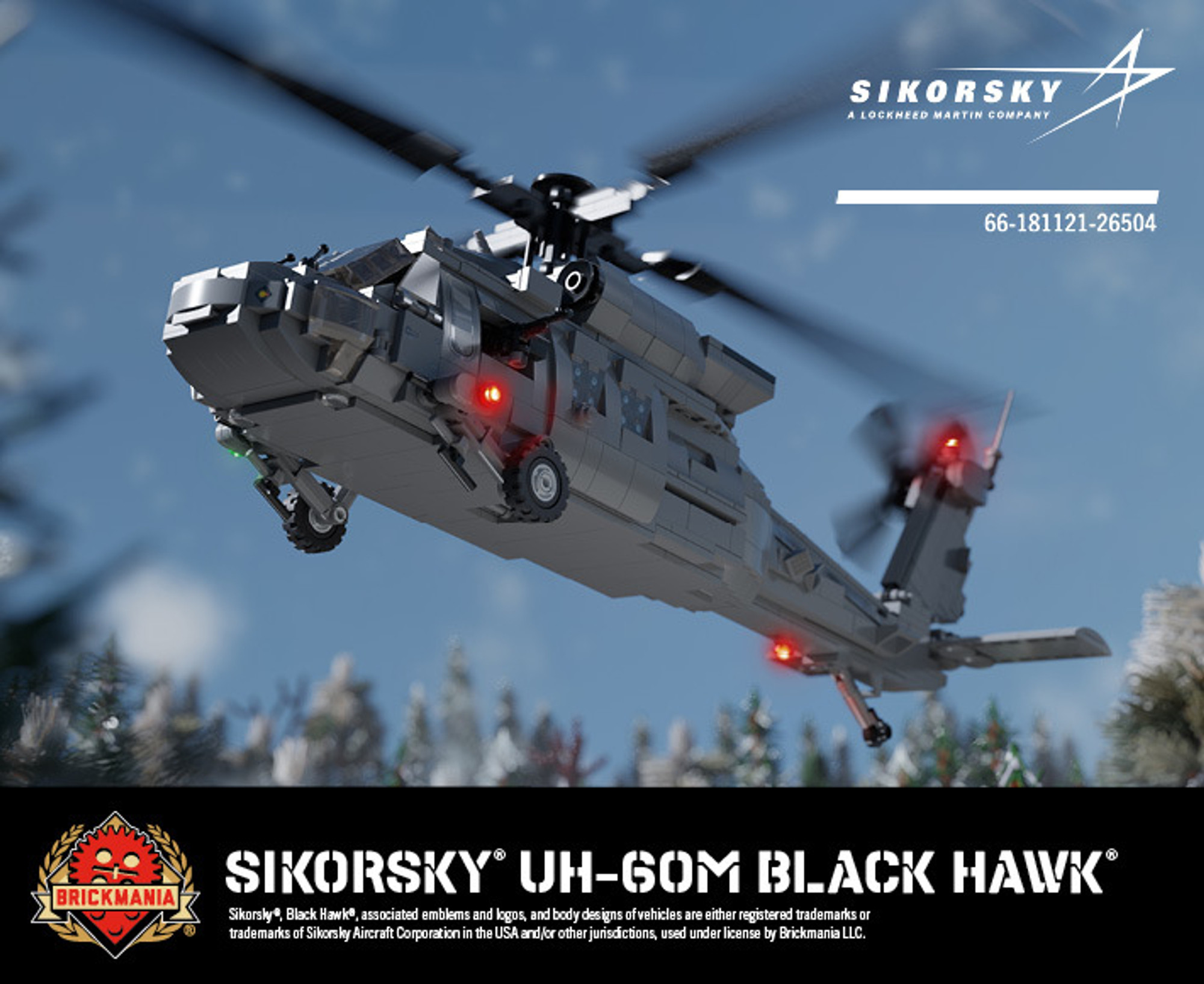UH 60 Black Hawk Helicopter: Enhancing Military Efficiency and Air Mobility
Every Little Thing You Required to Know Regarding the UH 60 Helicopter
The UH-60 helicopter, a keystone of U.S. Army aeronautics considering that its debut in 1979, represents an exceptional mix of design and functional flexibility. Known for its exceptional speed and array, the UH-60 has actually been adjusted for numerous objectives, from army transportation to clinical discharge. As military demands evolve, so also does the helicopter, with ongoing innovations focused on enhancing its capacities and integrating modern innovations. To completely appreciate the relevance of the UH-60 in contemporary army operations, one need to consider its history, layout, and the future innovations that could redefine its duty.
Background of the UH-60
Developed in the late 1970s, the UH-60 Black Hawk helicopter became an action to the U.S. Military's demand for a flexible utility helicopter that can perform a range of goals under tough conditions. The motivation for its design was the shortcomings determined in the earlier helicopters made use of during the Vietnam Battle, especially in terms of survivability, rate, and maneuverability.
The Black Hawk was designed by Sikorsky Aircraft, including innovative innovations and materials to enhance its efficiency and resilience. It was officially introduced into solution in 1979, quickly coming to be an important asset for army procedures - uh 60. Its capability to move soldiers, medical discharge, and logistical assistance in both fight and humanitarian goals made the Black Hawk a very useful part of the united state Army's air travel fleet
Throughout the decades, the UH-60 has been constantly updated, adapting to the changing nature of war and the progressing requirements of contemporary military operations. Its functional history consists of participation in significant conflicts, peacekeeping goals, and catastrophe alleviation efforts, solidifying its reputation as a reliable and trusted helicopter in different environments worldwide.

Layout and Specs
The style of the UH-60 Black Hawk helicopter constantly mirrors a commitment to functional performance and versatility. Created by Sikorsky Aircraft, this medium-lift energy helicopter includes a sleek, wind resistant fuselage that enhances speed and maneuverability. Its tandem blades system, identified by two counter-rotating blades, minimizes vibration and increases lift capacity, enabling safer procedures in varied environments.
The UH-60 is powered by 2 T700-GE-701C turboshaft engines, offering a maximum speed of roughly 180 knots and a range of around 400 maritime miles. Its durable airframe is created from advanced composite materials, guaranteeing durability while preserving a reasonably low weight. The helicopter has a maximum gross weight of about 22,000 extra pounds, sustaining a functional payload configuration.

Functions and Missions
A functional system, the UH-60 Black Hawk helicopter offers a wide variety of duties and goals within armed forces operations. Made mostly for troop transportation, it is qualified of lugging up to 11 soldiers, making it a crucial possession for quick release and logistical support.
In enhancement to army transportation, the UH-60 excels in clinical discharge (MEDEVAC) missions, equipped with advanced clinical tools to provide critical care during transportation. Its capacity to run in varied environments improves its efficiency in combat search and rescue (CSAR) operations, where quick extraction of workers is essential.
The helicopter likewise plays a substantial duty in reconnaissance and surveillance objectives, utilizing onboard sensing units and tools to gather knowledge. Moreover, its versatility reaches logistical support, with the ability of transporting supplies and tools to ahead operating bases - uh 60.
In combat operations, the UH-60 can be furnished with various tool systems, enabling it to supply close air support. Its multi-role capacity makes the Black Hawk an indispensable device for modern-day army pressures, adapting seamlessly to the progressing demands of field of battle situations and ensuring objective success across a variety of functional contexts.
Efficiency and Capacities
Known for its durable efficiency, the UH-60 Black Hawk helicopter flaunts outstanding capabilities that boost its operational efficiency across different missions. uh 60. This multi-role airplane is geared up with powerful twin-engine Turbomeca Arriel 1D1 engines, offering extraordinary rate and maneuverability, with an optimum cruise speed of approximately 150 knots and a functional variety of around 400 maritime miles
The Black Hawk's innovative avionics and fly-by-wire control systems dramatically enhance trip safety and handling, enabling it to run in diverse atmospheres, consisting of negative weather. Its adaptability is more exemplified by its capacity to lug up to 11 fully geared up soldiers or a payload of approximately 8,000 extra pounds, making it perfect for troop transport, clinical discharge, and logistical support goals.
Additionally, the UH-60 is made for survivability, featuring enhanced airframes, ballistic security for staff and passengers, and progressed countermeasure systems to evade hazards. The helicopter's dexterity and rate, combined with its capacity for fast deployment, make it a vital property in modern army procedures, guaranteeing that it remains an essential aspect of tactical air support and battlefield wheelchair.
Future Advancement

One substantial emphasis is the assimilation of sophisticated avionics systems, which will certainly enhance situational understanding with boosted navigation and interaction capabilities. This includes the possible use fabricated knowledge to help pilots in decision-making and mission planning.
In addition, future variations might include advanced materials and style attributes to reinforce the helicopter's resilience and lower its radar trademark, enhancing survivability in disputed atmospheres.
The intro of hybrid-electric propulsion systems is additionally on the perspective, intending to enhance fuel performance and minimize logistical concerns. Such advancements could extend operational array and decrease the helicopter's ecological footprint.

Verdict
The UH-60 helicopter represents a significant development in military aeronautics given that its introduction in 1979. Its durable style, flexible capacities, and continuous upgrades guarantee its significance in various functional roles, including troop transportation and medical emptying. As innovation advances, future developments will likely boost its efficiency with the assimilation of artificial intelligence and hybrid-electric systems. The UH-60's sustaining visibility underscores its crucial duty in modern military procedures and highlights the recurring advancement of armed forces air travel innovation.
The UH-60 helicopter, a foundation of U.S. Army air travel since its check my blog debut in 1979, find out represents an exceptional blend of engineering and operational convenience. As military demands advance, so too does the helicopter, with continuous innovations intended at enhancing its abilities and incorporating modern innovations.The layout of the UH-60 Black Hawk helicopter regularly mirrors a dedication to functional efficiency and convenience. Developed by Sikorsky Aircraft, this medium-lift energy helicopter features a streamlined, wind resistant body that enhances speed and maneuverability.The UH-60 helicopter stands for a significant development in armed forces aviation since its introduction in 1979.